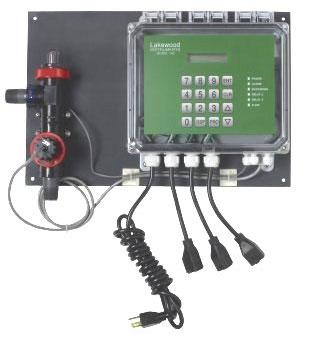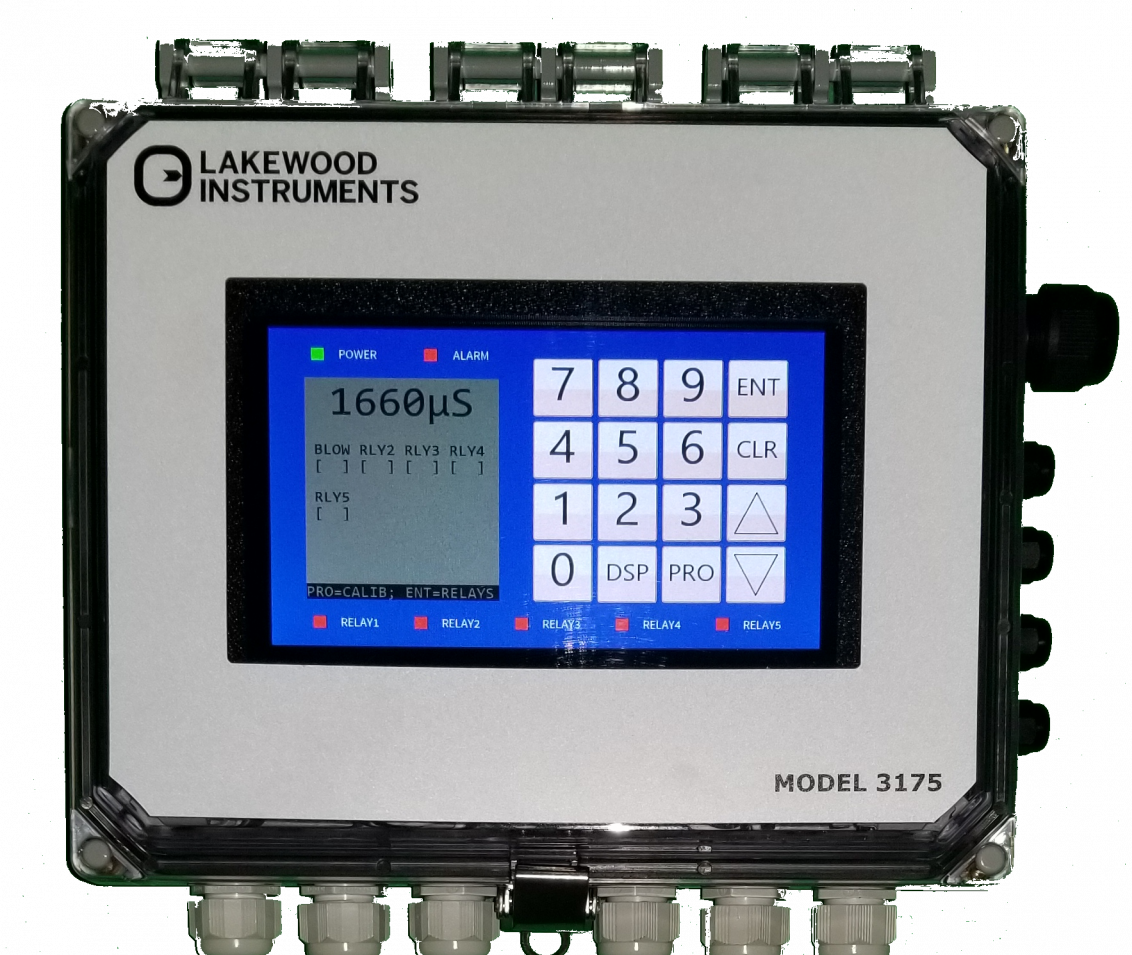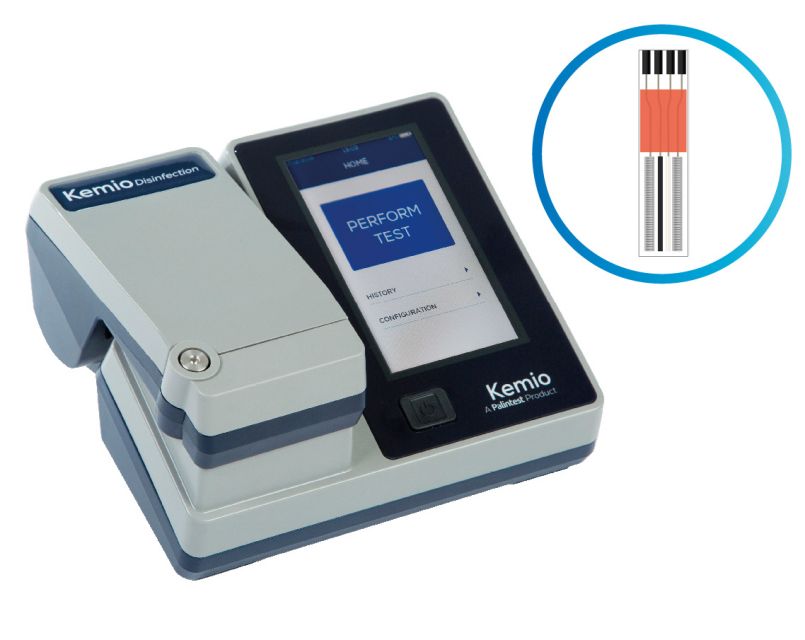Mechanisms
 Carryover also known as priming is any solid, liquid or vaporous contaminant that leaves a boiler with the steam. In low/medium pressure boilers (<100 bar) entrained boiler water is the most common cause of steam contamination.
Carryover also known as priming is any solid, liquid or vaporous contaminant that leaves a boiler with the steam. In low/medium pressure boilers (<100 bar) entrained boiler water is the most common cause of steam contamination.
Both mechanical factors such as boiler design, high water levels, load characteristics and chemical factors such as high solids concentration, excessive alkalinity, presence of contaminants contribute to the creation of carryover.
Two of the most common mechanical causes of carryover are operation in excess of design load and sudden increases in load.
Foaming is one of the mechanisms of chemical carryover. Foaming tendencies are increased with increases in alkalinity and solids content. Stable foam bubbles contain boiler solids and are carried forward with the steam giving rise to carryover.
Oil and other organic contaminants can react with boiler water alkalinity to give crude surface active materials which cause foaming and carryover.
Effects
Boiler water solids carried over with steam will form deposits in non-return and other control valves. Process streams can be contaminated by carryover affecting product quality.
Deposition in superheaters can lead to failure due to overheating and corrosion.
Steam turbines are potentially prone to damage by carryover as deposits on turbine blades creates imbalance reducing efficiency and capacity. Solid particles in steam can lead to erosion and corrosion in both turbines and other equipment.





